Zero Cost Organics versus Foliage Pro
emgardener
13 years ago
Related Stories
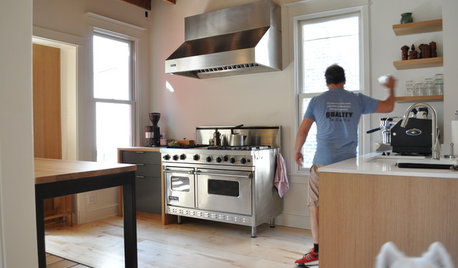
KITCHEN DESIGNPro Chefs Dish on Kitchens: Paul Kahan Shows His Urban Sanctuary
Peek inside Kahan's newly redone home kitchen and learn what he considers most important for a cooking space
Full Story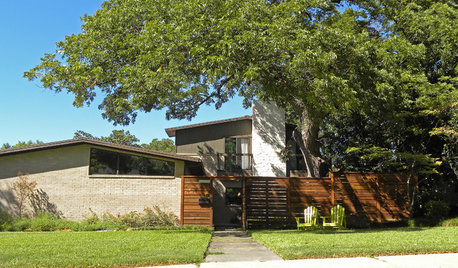
WORKING WITH PROSInside Houzz: How to Contact a Home Pro and Get Your Project Going
When you're ready to begin that remodeling project or landscape design, here's how to contact a pro on Houzz and get started
Full Story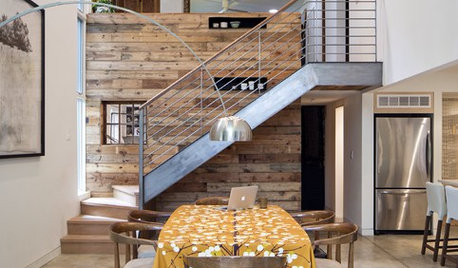
GREEN BUILDINGThe Future of Smart Design: Reuse, Reduce, Recycle
See why reducing waste in a home construction project should appeal to every architect, designer and client
Full Story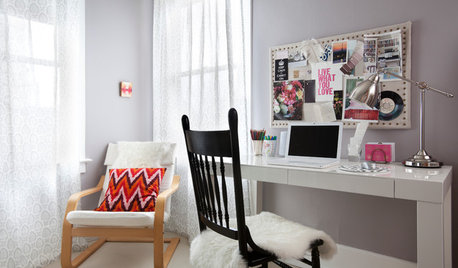
WORKING WITH PROS10 Things Decorators Want You to Know About What They Do
They do more than pick pretty colors. Here's what decorators can do for you — and how you can help them
Full Story
LANDSCAPE DESIGNSmall Garden? You Can Still Do Bamboo
Forget luck. Having bamboo that thrives on a wee plot just takes planning, picking the right variety, and keeping runners in check
Full Story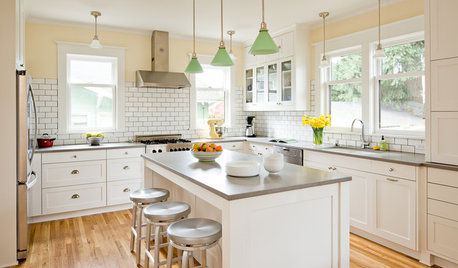
MOVINGThe All-in-One-Place Guide to Selling Your Home and Moving
Stay organized with this advice on what to do when you change homes
Full Story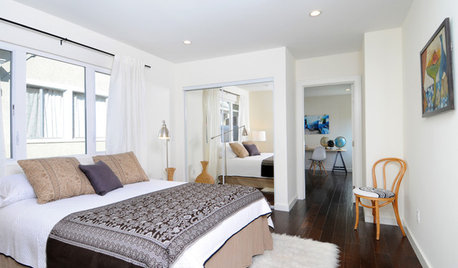
SELLING YOUR HOUSEHome Staging to Sell: The Latest Techniques That Really Work
Get up to speed on the best ways to appeal to potential buyers through accessories, furniture, colors and more
Full Story
KITCHEN CABINETSKitchen Cabinet Color: Should You Paint or Stain?
Learn about durability, looks, cost and more for wooden cabinet finishes to make the right choice for your kitchen
Full Story
DECORATING GUIDESDecorating 101: How to Start a Decorating Project
Before you grab that first paint chip, figure out your needs, your decorating style and what to get rid of
Full Story
FRONT YARD IDEASBefore and After: Front Lawn to Prairie Garden
How they did it: Homeowners create a plan, stick to it and keep the neighbors (and wildlife) in mind
Full StoryMore Discussions








prestons_garden
farkee
Related Professionals
Lake Oswego Landscape Architects & Landscape Designers · Anderson Landscape Contractors · Ellensburg Landscape Contractors · Fuquay-Varina Landscape Contractors · Indianapolis Landscape Contractors · Chanhassen Solar Energy Systems · Lynn Solar Energy Systems · Oakland Solar Energy Systems · Elkridge Window Contractors · Coram Fence Contractors · Holbrook Fence Contractors · King City Fence Contractors · Oro Valley Fence Contractors · Santa Clarita Fence Contractors · Yorba Linda Fence Contractorscebury
gtippitt
emgardenerOriginal Author
jane__ny
jwahlton
meyermike_1micha
sarajill
farkee
gtippitt
jun_
emgardenerOriginal Author
jamiedolan
emgardenerOriginal Author
meyermike_1micha